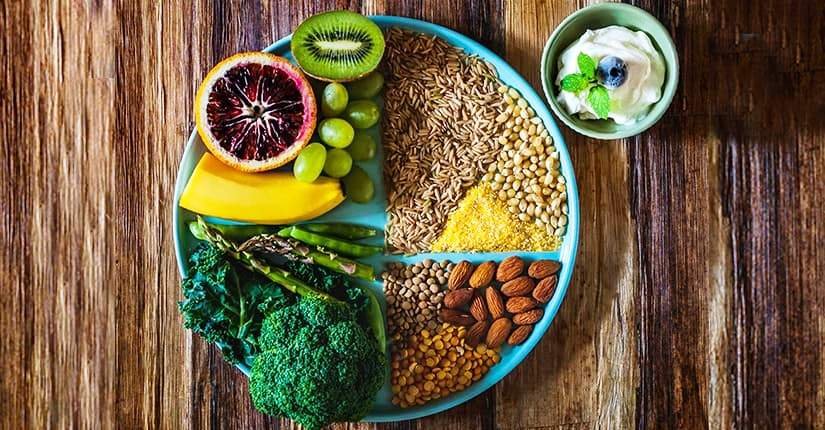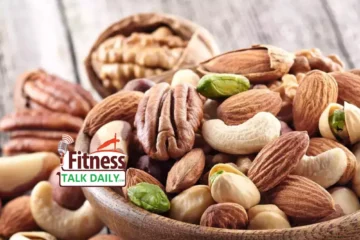A nutritious plate is essential for maintaining a healthy and balanced diet. Whether you’re eating at home or in a restaurant, following a few simple guidelines can help you create a meal that provides all the essential nutrients your body needs to thrive.
Fill half of your plate with fruits and vegetables: Fresh produce is low in calories and high in nutrients like potassium, dietary fiber, folate, vitamin A, and vitamin C. Choose a variety of colors, like greens, reds, and oranges, to get a wide range of health benefits.
Include healthy carbohydrates: Carbohydrates should be your body’s main source of energy. Whole grains and starchy vegetables are rich in healthy carbs, as well as other essential nutrients like dietary fiber, B vitamins, and minerals like iron, potassium, magnesium, and selenium.
Add lean protein: Protein plays a crucial role in metabolism, immunity, fluid balance, and energy. Choose from dairy and plant proteins that provide not only protein but also B vitamins, vitamin E, iron, zinc, magnesium, and calcium.
Incorporate healthy fats: Healthy fats are an important part of a balanced diet, providing essential nutrients like fatty acids, mono- and polyunsaturated fats, and vitamin E. You can get them from foods like nuts, seeds, and plant-based oils.
Consider supplements: While creating a balanced meal can provide you with the essential nutrients, nutritional gaps may need to be filled with supplements due to health conditions or food allergies. It is important to consult with a nutrition expert before taking any supplements.
Remember that healthy food choices vary from person to person, depending on factors like age, gender, overall health, and physical activity. It’s okay to make mistakes and not have every meal perfectly divided into food groups. Making small, gradual changes can help you achieve a balanced, nutritious diet over time.
Healthy eating involves selecting the right foods in the right portions. When creating a healthy meal, consider the type of foods, portion sizes, and frequency of eating. The key to a nutritious meal is to have a balanced plate.
Here’s how to build a healthy plate:
· Fill half your plate with colorful fruits and vegetables for essential nutrients and vitamins.
· Include a serving of whole grains for healthy carbs and fiber.
· Add a serving of lean protein, such as dairy or plant proteins, for metabolism and immunity.
· Include healthy fats, like nuts and seeds, for essential fatty acids and vitamins.
· Consider taking supplements, but consult a nutrition expert first.
Keep in mind that healthy food choices vary based on personal factors such as age, gender, and health status. Making small changes can lead to healthier eating habits. Contact our nutrition expert at 8 Fitness Talk Daily for more information on balanced meals.
These are the key points to remember when aiming for a balanced diet:
· Incorporate a variety of colorful fruits & vegetables for their essential nutrients
· Opt for whole grains for healthy carbs and extra nutrients
· Consume lean protein sources (dairy, plant proteins) for metabolism and immune support
· Include healthy fats (from nuts, seeds, and oils) for essential fatty acids and vitamin E
· Consult a nutrition expert before taking supplements to fill any nutritional gaps.
· Remember that individual nutritional needs vary based on factors such as age, gender, health, and physical activity. Small steps towards balanced nutrition can lead to a healthy lifestyle.
Conclusion:
In conclusion, creating a nutritious plate is a simple yet important step towards a healthy lifestyle. By filling half your plate with fruits and vegetables, including healthy carbohydrates, adding lean protein, incorporating healthy fats, and considering supplements, you can ensure that your meals are well-balanced and nutritious.




